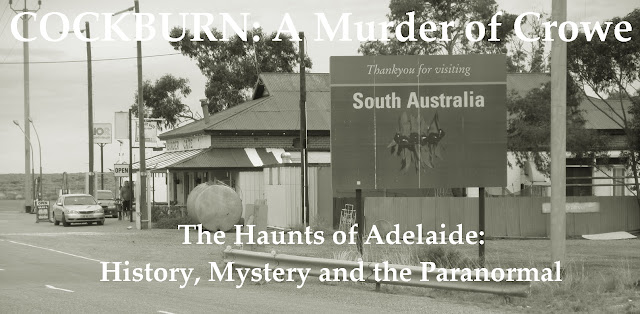The Devils Garden – Balaklava
Balaklava is a small country town in the Mid North, 93km’s north of Adelaide, South Australia. It is situated on the borders of Kaurna and Peramangk peoples land and was first sighted by Europeans in 1840.
The first European settlers were James and Mary Dunn in 1850, who opened a hotel to service the bullock drays carrying ore from Burra to Port Wakefield. The town proper wasn’t laid out until 1869 when Charles Fisher surveyed the land. The following year the first hotel opened, and from there the town continued to grow.
The first European settlers were James and Mary Dunn in 1850, who opened a hotel to service the bullock drays carrying ore from Burra to Port Wakefield. The town proper wasn’t laid out until 1869 when Charles Fisher surveyed the land. The following year the first hotel opened, and from there the town continued to grow.
7 km’s east of the township, a small reserve, named The Devils’ Garden Reserve, sits almost out of sight of passers-by on the highway. The reserve is a picnic spot, noted for its fine examples of river box gum trees.
Back in the days of the bullock drays carting copper ore, the area was a treacherous bog in winter and a mountain of hard to navigate sandhills in summer. To address the problem of navigating the area, bullock drays would camp overnight and wait for other teams to arrive. Together they would try to get through the area, helping pull one another from the wintry bogs, or summer sands. This is thought to be how the Devil's Garden became a “place”.
It was during these camp nights that the ghost was first witnessed. Described as an “unknown male spectre”. It would stand at the top of the sandy hill and scare any bullocks that tried to go over the hilltop. It would also scare men on horses, with some claiming that the ghost would grab the horse’s reins, stopping the horse and rider in its tracks before horse and rider could topple down an unseen cliffside, or become bogged down in impassable mud or sand.
To this day it is not known who the spectral protector was, or why he chose that particular spot to haunt, but he is the reason that the bullock teams named the area "The Devils Garden".
Researched and written by Allen Tiller ©2018
www.allentiller.com.au
Bibliography
Australia For Everyone, 2017, Balaklava, S.A., Pocket Oz Travel and Information Guide Mid North South Australia, viewed 30 Jan 2018, http://www.australiaforeveryone.com.au/sa-midnorth/balaklava.html
Sydney Morning Herald, 2004, Balaklava, The Sydney Morning Herald, Fairax Media, viewed 20 Jan 2018, http://www.smh.com.au/news/south-australia/balaklava/2005/02/17/1108500204142.html
1984 'THE PLAYERS Producer Est. 19[?] BALAKLAVA, B.A.', Victor Harbour Times (SA : 1932 - 1986), 4 April, p. 50. , viewed 30 Jan 2018, http://nla.gov.au/nla.news-article185633892




